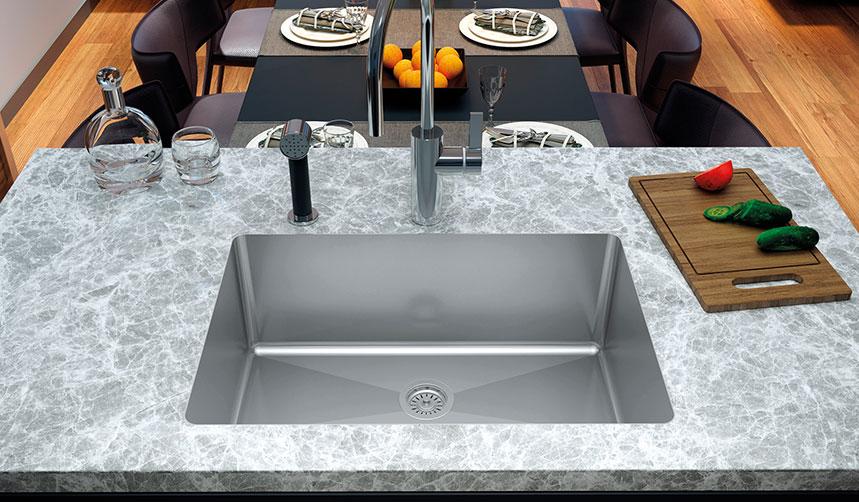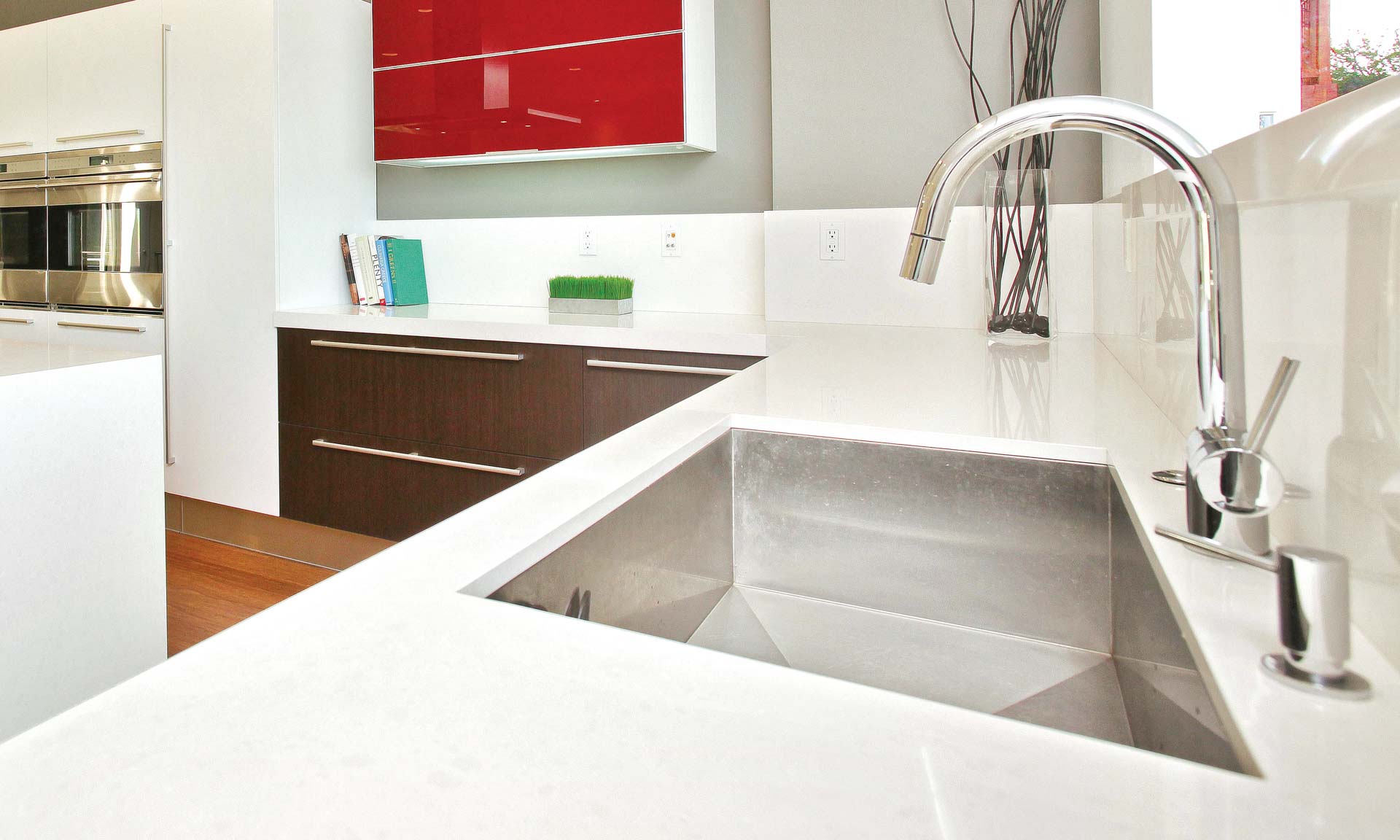Melvin is an expert for portable products.The site is for sharing everything about portable products for online buyers.
To flush a kitchen sink, start by placing a plunger over the sink drain and plunging up and down vigorously until the clog is dislodged. Then, run hot water down the drain to clear any remaining debris or grease buildup.
Step 1: Gathering The Necessary Tools And Materials
Before you start flushing your kitchen sink, gather the following tools and materials:
| 1 | Bucket |
| 2 | Rubber gloves |
| 3 | Plunger |
Having these items ready will make the process easier and more efficient. A bucket will be useful for catching any water that may overflow. Wearing rubber gloves is essential to protect your hands from any debris or dirty water. Lastly, a plunger will help in dislodging any clogs.
Step 2: Removing Any Standing Water
To remove any standing water from your kitchen sink, you can easily use a small cup or container. Simply scoop out the water and then carefully dispose of it in a sink or toilet. This will help ensure that you have a clear working space when flushing your kitchen sink.
Step 3: Preparing The Drain
Before you begin flushing your kitchen sink, it is important to plug or cover any secondary drains or overflow openings to ensure that the water does not escape. This can be done by using a wet cloth to seal off these areas.
Additionally, it is recommended to put on rubber gloves to protect your hands throughout the process. Taking these precautions will help you avoid any unnecessary mess or potential damage caused by water leakage.
Step 4: Using A Plunger
To flush a kitchen sink, one of the effective methods is to use a plunger. Start by positioning the plunger over the drain opening. Apply firm pressure as you push the plunger downwards, then quickly pull it up.
Repeat this plunging motion several times, focusing on creating strong suction to dislodge the clog. Once you feel that the obstruction is loosening, remove the plunger and check if the water drains freely. If it does, your sink has been successfully flushed.
Remember to be patient and persistent during the process, as it may take a few attempts to fully clear the clog. Using a plunger is a simple and cost-effective way to resolve minor sink blockages without the need for chemicals or professional intervention.
Step 5: Flushing With Boiling Water
To flush your kitchen sink, follow these steps:
Carefully pour the boiling water into the drain in two to three stages, allowing it to work through the pipes.
Step 6: Using A Homemade Drain Cleaner
To effectively flush your kitchen sink, you can make a homemade drain cleaner by mixing equal parts of vinegar and baking soda in a cup. Once the mixture is prepared, simply pour it directly into the drain.
Allow it to sit for at least 30 minutes to let the chemical reaction break down the clog. After the waiting period, flush the drain with hot water to clear away any remaining debris. This simple yet effective method will help unclog your kitchen sink and keep it running smoothly.
Step 7: Checking The Drain
Turn on the faucet and let water flow down the drain. Observe if the water drains smoothly without any backups or slow draining.

Credit: sink-depot.net
Step 8: Preventive Measures
Preventive measures are essential to keep your kitchen sink drains flowing smoothly. To avoid clogs, avoid pouring oil, grease, or food scraps down the drain. These substances can solidify and cause blockages.
To catch larger debris, use a drain strainer. It effectively filters out food particles and prevents them from entering the drain. Regular maintenance is important to prevent future clogs. Regularly clean your kitchen sink’s drains by pouring boiling water down the drain once a week. This helps dissolve any buildup and keeps the pipes clear.
Another effective way to maintain the drains is by pouring a mixture of baking soda and vinegar down the drain. Let it sit for a few minutes, then flush it out with hot water. Following these preventive measures will help you avoid the hassle of dealing with a clogged kitchen sink.
Frequently Asked Questions On How To Flush Kitchen Sink
How Do You Flush A Kitchen Sink?
To flush a kitchen sink, start by removing any debris from the drain. Then, fill the sink with hot water and add a cup of baking soda. After letting it sit for a few minutes, pour a cup of vinegar down the drain.
Finally, flush the sink with boiling water to clear any remaining residue.
Can I Use Bleach To Flush My Kitchen Sink?
It is not recommended to use bleach to flush your kitchen sink. Bleach can be corrosive and may damage your pipes. Instead, opt for natural alternatives such as baking soda and vinegar to effectively flush your sink without causing any harm.
Are There Any Natural Alternatives To Flush A Kitchen Sink?
Yes, there are natural alternatives to flush a kitchen sink. Baking soda and vinegar are a great combination to help remove clogs and odors. Additionally, you can use lemon juice mixed with hot water or a mixture of salt and boiling water.
These natural alternatives are safer for your pipes and the environment.
Final Words
Maintaining a properly functioning kitchen sink is essential for a clean and healthy home environment. By following these simple steps, you can effectively flush your kitchen sink and prevent clogs from occurring. Remember to regularly clean your sink and use natural cleaners to promote longevity and avoid harmful chemical build-up.
Taking proactive measures will not only save you money on potential repairs but also ensure the smooth operation of your kitchen sink for years to come.

Melvin is an expert for portable products.The site is for sharing everything about portable products for online buyers.

